Stem Cell Hair Restoration in Dubai: Costs & Benefits
Experiencing hair loss can be a source of significant concern for many individuals, impacting self-confidence and overall well-being. Thankfully, advancements in regenerative medicine offer promising solutions, and stem cell therapy for hair loss has emerged as a cutting-edge treatment. Dubai, UAE, has become a prominent hub for advanced aesthetic and medical procedures, including innovative hair restoration techniques. This blog post will delve into the various aspects of stem cell therapy for hair loss in Dubai, providing comprehensive answers to common questions, focusing on costs, procedures, and expected outcomes to help you make an informed decision. We will explore what makes stem cell treatment an attractive option for those seeking to combat hair thinning and baldness.
What is Stem Cell Therapy for Hair Loss?
"Stem cell therapy for hair loss involves using your body's own regenerative cells or donated cells to stimulate inactive hair follicles and promote new hair growth."
Stem cell therapy for hair loss is a revolutionary approach that harnesses the power of stem cells to revitalize the scalp and encourage hair regrowth. Stem cells are unique in their ability to differentiate into various cell types and to self-renew. When applied to the scalp, these cells can help regenerate damaged hair follicles, improve blood supply, and create a healthier environment for hair growth. This treatment is often considered for individuals experiencing androgenetic alopecia (pattern baldness) or other forms of hair thinning.
The procedure typically involves extracting stem cells, often from the patient's own fat tissue or bone marrow (autologous), processing them, and then injecting the concentrated solution into the scalp. Some clinics also use allogenic stem cells or stem cell-derived products like exosomes. The goal is to stimulate dormant follicles, strengthen existing hair, and ultimately lead to thicker, fuller hair.
How much does stem cell therapy for hair loss cost in Dubai?
"The cost of stem cell therapy for hair loss in Dubai can start from around AED 799 for basic stem cell treatments, with more comprehensive procedures, especially those involving stem cell FUE hair transplant, ranging from AED 11,000 to AED 25,000."
The pricing for stem cell hair treatment in Dubai is not fixed and can vary significantly based on several factors. Clinics offer a range of packages, and the complexity of your specific hair loss condition plays a major role. For instance, a basic stem cell treatment focused on scalp rejuvenation might be more affordable than a combined stem cell FUE hair transplant which involves both graft extraction and stem cell application. It's crucial to have a consultation to get a personalized quote.
Factors influencing the total cost include the reputation and location of the clinic, the expertise of the medical professionals, the type and source of stem cells used (autologous vs. allogenic or derived products like exosomes), the number of sessions required, and any additional therapies combined with the stem cells, such as Platelet-Rich Plasma (PRP). Some clinics also offer package deals for multiple sessions or combined treatments, which can sometimes reduce the per-session cost.
What factors influence the cost of stem cell therapy for hair loss in Dubai?
"Several key factors influence the cost of stem cell therapy for hair loss in Dubai, including the type of stem cells used, the extent of hair loss, the number of sessions required, the clinic's reputation, and whether the treatment is combined with other procedures like PRP or hair transplant."
Understanding the cost breakdown for stem cell therapy for hair loss is essential for budgeting. Here's a closer look at the factors:
Type of Stem Cells Used:
- Autologous Stem Cells: These are derived from your own body (e.g., fat, bone marrow, or blood). The process involves an extraction procedure, which adds to the cost. However, they carry a lower risk of rejection.
- Allogenic Stem Cells: These come from a donor. While the extraction process for the patient is simpler, the sourcing and processing of donor cells can influence pricing.
- Stem Cell-Derived Products (e.g., Exosomes): Exosomes are nanoparticles released by stem cells that contain growth factors and genetic material. They are increasingly used in hair restoration and their cost can vary depending on their concentration and purity.
Extent of Hair Loss: Individuals with more significant hair thinning or larger bald areas will generally require more intensive treatment, potentially involving more stem cells or additional sessions, thereby increasing the overall cost.
Number of Sessions: Stem cell therapy for hair loss often requires multiple sessions to achieve optimal results. Many clinics offer package deals for a series of treatments, which can sometimes be more cost-effective than paying for individual sessions.
Clinic Reputation and Location: High-end clinics in prime locations in Dubai (e.g., DIFC, Palm Jumeirah) often have higher overheads, which can translate to higher treatment costs. Renowned clinics with extensive experience and state-of-the-art facilities may also charge a premium for their services.
Medical Professional's Expertise: The experience and qualifications of the doctor performing the procedure can also influence the price. Highly experienced specialists with a strong track record in hair restoration might have higher fees.
Combination Therapies: It's common for stem cell therapy to be combined with other hair loss treatments like Platelet-Rich Plasma (PRP) therapy, mesotherapy, or even a hair transplant. When combined, the total cost will naturally be higher than a standalone stem cell treatment. For example, some clinics offer PRP + Stem Cell packages.
Is stem cell therapy for hair loss covered by insurance in Dubai?
"Generally, stem cell therapy for hair loss is considered an aesthetic or cosmetic procedure, and as such, it is typically not covered by standard health insurance plans in Dubai, UAE."
Most insurance providers in Dubai, and globally, categorize hair loss treatments, including stem cell therapy, as elective cosmetic procedures rather than medically necessary ones. Therefore, patients should be prepared to cover the full cost out-of-pocket. It is always advisable to contact your insurance provider directly to confirm your coverage details, as policies can vary. Some clinics might offer installment plans or financing options to help manage the cost.
How long does stem cell therapy for hair loss take?
"A single session of stem cell therapy for hair loss in Dubai typically takes 2 to 4 hours, depending on the type of stem cell extraction and the complexity of the treatment."
The duration of the procedure can vary. For autologous treatments where stem cells are harvested from your own body, the initial step involves collecting a sample, usually fat or bone marrow. This extraction process can take some time. Following extraction, the sample is processed in a laboratory to isolate and concentrate the stem cells. Finally, the concentrated stem cell solution is carefully injected into the targeted areas of the scalp. The entire process is generally performed in an outpatient setting, meaning you can return home on the same day.
What is the recovery time for stem cell therapy for hair loss?
"The recovery time after stem cell therapy for hair loss is minimal, with most individuals able to resume their normal activities within a few days."
Since stem cell therapy for hair loss is a minimally invasive procedure, the downtime is usually very short. You might experience some mild swelling, redness, or tenderness at the injection sites on the scalp, or at the donor site if autologous cells were harvested. These side effects are typically temporary and subside within a few days. Patients are usually advised to avoid strenuous activities and direct sun exposure for a short period after the treatment. Specific aftercare instructions will be provided by your clinic to ensure optimal healing and results.
How many sessions of stem cell therapy are needed for hair loss?
"The number of stem cell therapy for hair loss sessions needed varies per individual, but typically a course of 1 to 3 sessions is recommended, with some individuals benefiting from maintenance treatments."
The optimal number of sessions for stem cell hair treatment depends on several factors, including the severity of your hair loss, your body's response to the treatment, and the specific type of stem cell therapy being administered. During your initial consultation, a qualified medical professional will assess your condition and recommend a personalized treatment plan. Some patients may see significant improvement after just one session, while others might require multiple sessions spaced several weeks or months apart to achieve desired results. Maintenance sessions may also be suggested to sustain the effects.
Are there any side effects of stem cell therapy for hair loss?
"Side effects of stem cell therapy for hair loss are generally mild and temporary, including minor swelling, redness, or bruising at the injection or donor sites."
As with any medical procedure, there are potential side effects, though serious complications are rare for stem cell treatment for hair loss. The most common side effects are localized to the treatment area:
- Swelling: Mild swelling on the scalp where the injections were given.
- Redness: Temporary redness at the injection sites.
- Bruising: Small bruises may appear at the injection points or at the donor site if stem cells were harvested.
- Tenderness or Discomfort: Some discomfort or tenderness at the treatment area.
These effects typically resolve within a few days. Clinics adhere to strict sterilization protocols to minimize the risk of infection. It's crucial to follow all post-treatment instructions provided by your clinic to ensure a smooth recovery and reduce the risk of complications.
When can I expect to see results from stem cell therapy for hair loss?
"Results from stem cell therapy for hair loss are gradual and can typically be observed within 3 to 6 months after the treatment, with continued improvement over 12 to 18 months."
Unlike immediate cosmetic fixes, stem cell hair treatment works by stimulating natural biological processes, which take time. Hair growth occurs in cycles, and the revitalized follicles need time to produce new, healthier hair shafts. Patients often report reduced hair shedding within the first few months, followed by an increase in hair density and thickness. The full benefits of the treatment, including noticeable new hair growth and improved hair quality, usually become apparent several months post-treatment. Patience is key, as the regenerative process unfolds over time.
Is stem cell therapy for hair loss painful?
"Stem cell therapy for hair loss is generally not considered painful, as local anesthesia is used to numb the treatment and donor areas, ensuring patient comfort during the procedure."
During the stem cell extraction process (if autologous), local anesthesia is applied to the donor site (e.g., abdomen for fat, hip for bone marrow) to minimize discomfort. Similarly, before the stem cells are injected into the scalp, a topical numbing cream or local anesthetic is used to ensure the scalp is desensitized. Most patients report feeling only mild pressure or a brief stinging sensation during the injections, if anything at all. Clinics prioritize patient comfort and will discuss pain management options with you beforehand.
What is the difference between stem cell therapy and PRP for hair loss?
"While both stem cell therapy and PRP (Platelet-Rich Plasma) for hair loss are regenerative treatments, stem cell therapy utilizes undifferentiated cells with the potential to become various cell types, offering broader regenerative capabilities, whereas PRP uses concentrated growth factors from your own blood to stimulate follicles."
Both stem cell hair treatment and PRP for hair loss aim to stimulate hair growth, but they operate on different principles and use different components of your body.
- PRP (Platelet-Rich Plasma): This involves drawing a small amount of your blood, processing it to concentrate the platelets (which are rich in growth factors), and then injecting this plasma into the scalp. PRP primarily works by providing a high concentration of growth factors that can stimulate existing hair follicles, improve blood supply, and extend the hair growth phase. It's often used for early stages of hair loss and to improve hair quality. The cost of PRP hair treatment in Dubai typically starts from AED 599 per session.
- Stem Cell Therapy: This treatment goes a step further by introducing actual stem cells that have the potential to differentiate into hair follicle cells or support cells. These cells can potentially repair damaged follicles, create new ones, and provide a more profound regenerative effect. Stem cell therapy is often considered for more advanced cases of hair loss or when PRP alone has not yielded sufficient results. Many clinics in Dubai offer combined PRP + Stem Cell packages to leverage the benefits of both treatments.
Who is a good candidate for stem cell therapy for hair loss?
"Good candidates for stem cell therapy for hair loss include individuals experiencing early to moderate hair thinning, those with androgenetic alopecia, and patients who have not responded well to conventional hair loss treatments."
Stem cell hair treatment is suitable for a range of individuals looking to address hair loss. Ideal candidates typically include:
- Individuals with androgenetic alopecia (male or female pattern baldness): This is one of the most common types of hair loss, affecting both men and women, characterized by a receding hairline, thinning at the crown, or overall diffuse thinning. Stem cells can effectively target the shrinking follicles in these areas.
- Those with thinning hair: Patients experiencing a reduction in hair density rather than complete baldness.
- People with dormant hair follicles: Stem cells can help reactivate follicles that are no longer producing hair.
- Individuals seeking a natural approach: As it uses the body's own regenerative capabilities or carefully sourced cells, it's considered a more natural hair restoration option.
- Patients who have not achieved desired results from other treatments: If treatments like topical solutions or PRP have yielded limited success, stem cell therapy might be a viable next step.
A thorough consultation with a qualified dermatologist or hair restoration specialist in Dubai is essential to determine if you are a suitable candidate. They will assess your hair loss pattern, scalp health, and overall medical history.
What should I look for in a clinic offering stem cell therapy for hair loss in Dubai?
"When choosing a clinic for stem cell therapy for hair loss in Dubai, prioritize those with DHA-licensed doctors, a strong reputation and positive patient reviews, transparent pricing, state-of-the-art facilities, and a personalized treatment approach."
Selecting the right clinic is crucial for a safe and effective stem cell hair treatment. Here are key aspects to consider:
- DHA-Licensed and Board-Certified Professionals: Ensure that the doctors and medical staff performing the procedures are licensed by the Dubai Health Authority (DHA) and have specialized training and experience in regenerative medicine and hair restoration.
- Clinic Reputation and Patient Reviews: Research the clinic's reputation online. Look for positive patient testimonials, before-and-after photos, and reviews on independent platforms.
- Transparency in Pricing: A reputable clinic will provide a clear and detailed breakdown of all costs involved, with no hidden fees. They should explain what is included in the price (e.g., consultations, sessions, aftercare).
- Advanced Technology and Facilities: Check if the clinic uses modern, FDA-approved equipment for stem cell extraction, processing, and injection. The facility should maintain high standards of hygiene and safety.
- Personalized Treatment Plans: A good clinic will offer a customized treatment plan based on your specific hair loss condition, medical history, and desired outcomes, rather than a one-size-all approach.
- Comprehensive Consultation: A thorough initial consultation should include a detailed examination, discussion of your goals, explanation of the procedure, potential risks and benefits, and realistic expectations for results.
- Aftercare and Follow-up: Inquire about the post-treatment care and follow-up schedule to monitor your progress and address any concerns.
Can stem cell therapy be combined with hair transplant procedures?
"Yes, stem cell therapy can be effectively combined with hair transplant procedures, particularly Stem Cell FUE hair transplant, to enhance graft survival, accelerate healing, and stimulate overall hair growth in the transplanted and surrounding areas."
Combining stem cell hair treatment with a traditional hair transplant (like FUE or FUT) is an increasingly popular approach to maximize results. Here's how it can work:
- Enhanced Graft Survival: Injecting stem cells into the recipient area before or after a hair transplant can create a healthier environment for the transplanted follicles, improving their survival rate and promoting stronger growth.
- Accelerated Healing: The regenerative properties of stem cells can speed up the healing process of the scalp after the transplant, reducing downtime and discomfort.
- Stimulated Existing Hair: Stem cells can also revitalize existing hair follicles in the surrounding areas that may be thinning, contributing to overall increased hair density.
- Improved Hair Quality: The growth factors and regenerative capabilities of stem cells can lead to thicker, healthier, and more vibrant hair shafts, both from transplanted and existing follicles.
This combined approach is often offered as a premium option, and clinics in Dubai providing Stem Cell FUE hair transplant services are typically at the forefront of this advanced treatment.
What are the long-term results of stem cell therapy for hair loss?
"The long-term results of stem cell therapy for hair loss can be highly encouraging, with many patients experiencing sustained hair regrowth and improved hair density for several years, though individual outcomes vary and maintenance might be needed."
While stem cell therapy for hair loss is not a permanent cure for underlying genetic conditions that cause hair loss, it offers durable and significant results for many individuals. The therapy works by rejuvenating hair follicles and promoting a healthier scalp environment, which can lead to prolonged periods of improved hair growth. The longevity of results can depend on factors such as the individual's specific condition, lifestyle, and adherence to any recommended maintenance protocols. Some patients may opt for periodic booster sessions to maintain the optimal effects over the years. Clinics often provide realistic expectations during the consultation regarding the potential duration of the results.
Is stem cell therapy for hair loss a permanent solution?
"Stem cell therapy for hair loss is not considered a permanent solution, but rather a highly effective long-term treatment that can significantly reduce hair loss and promote new growth for an extended period, often requiring occasional maintenance."
It's important to understand that while stem cell therapy offers remarkable regenerative capabilities, it doesn't eliminate the genetic or hormonal factors that might contribute to ongoing hair loss. However, it can dramatically counteract these effects. Think of it as a powerful restorative treatment that can reset the clock for your hair follicles, leading to sustained improvement. To maintain the best results, some individuals may benefit from follow-up treatments or combining it with other therapies as advised by their specialist. The goal is long-lasting hair restoration and improved hair density, not a one-time cure for a chronic condition.
What types of hair loss can stem cell therapy treat?
"Stem cell therapy for hair loss is most effective in treating androgenetic alopecia (male and female pattern baldness), diffuse thinning, and certain forms of alopecia areata, by stimulating dormant follicles and improving scalp health."
Stem cell hair treatment shows great promise for various types of hair loss, particularly those related to follicular miniaturization and weakening. The primary types of hair loss that can benefit include:
- Androgenetic Alopecia (Pattern Baldness): This is the most common form of hair loss, affecting both men and women, characterized by a receding hairline, thinning at the crown, or overall diffuse thinning. Stem cells can effectively target the shrinking follicles in these areas.
- Diffuse Thinning: When hair loss is spread evenly across the scalp, leading to a general reduction in hair density. Stem cell therapy can help strengthen existing hair and stimulate new growth throughout the scalp.
- Certain types of Alopecia Areata: In some cases of non-scarring alopecia areata, where hair follicles are still present but dormant due to an autoimmune attack, stem cells can help to modulate the immune response and encourage regrowth.
It's less effective for hair loss caused by scarring alopecia, where follicles are permanently destroyed. A precise diagnosis from a hair restoration specialist in Dubai is crucial to determine if stem cell therapy is the right approach for your specific type of hair loss.
Are there any contraindications for stem cell therapy for hair loss?
"While generally safe, stem cell therapy for hair loss may be contraindicated for individuals with active scalp infections, certain autoimmune diseases, bleeding disorders, or those undergoing chemotherapy or radiation therapy."
Like any medical procedure, there are certain conditions or situations where stem cell therapy for hair loss might not be recommended. These contraindications are in place to ensure patient safety and optimize treatment outcomes. Common contraindications include:
- Active Scalp Infections: Any active infections on the scalp must be treated before undergoing the procedure.
- Bleeding Disorders: Patients with unmanaged bleeding disorders or those on blood-thinning medications may have an increased risk of complications.
- Certain Autoimmune Diseases: While some autoimmune conditions might benefit, others could make stem cell therapy less suitable. This needs careful evaluation by a specialist.
- Cancer or Chemotherapy/Radiation Therapy: Patients currently undergoing cancer treatment are generally not candidates for regenerative therapies.
- Pregnancy and Breastfeeding: As with many elective procedures, it's typically advised to postpone treatment during pregnancy and breastfeeding.
- Severe Underlying Health Conditions: Individuals with unstable chronic diseases may need a more thorough medical clearance.
A comprehensive medical history and physical examination by a qualified doctor in Dubai will determine your eligibility for stem cell treatment for hair loss.
What is the process of getting stem cell therapy for hair loss in Dubai?
"The process of getting stem cell therapy for hair loss in Dubai typically involves an initial consultation, stem cell harvesting (if autologous), processing of the cells, and finally, precise injections into the scalp, followed by aftercare instructions."
The journey to receiving stem cell hair treatment in Dubai is usually structured into several key steps:
Initial Consultation and Diagnosis: This is the first and most crucial step. You'll meet with a hair restoration specialist or dermatologist. They will conduct a thorough examination of your scalp and hair, discuss your medical history, assess the extent and type of your hair loss, and determine if you are a suitable candidate for stem cell therapy. This is also where you'll get a personalized cost estimate and have all your questions answered.
Preparation for Treatment: If you proceed, the clinic will provide specific instructions to prepare for the procedure, which might include avoiding certain medications or supplements for a period.
Stem Cell Harvesting (for Autologous Therapy):
- Fat-derived stem cells: This often involves a mini-liposuction procedure, typically from the abdomen or thigh, under local anesthesia. A small amount of fat tissue is extracted.
- Bone marrow-derived stem cells: Bone marrow aspirate is usually taken from the hip bone, also under local anesthesia.
- Blood-derived stem cells: Similar to a PRP procedure, a blood sample is drawn.
Stem Cell Processing: The harvested tissue or blood is then taken to a specialized laboratory within the clinic (or an affiliated lab) where it undergoes a sterile process to isolate and concentrate the stem cells. This process typically uses centrifugation and purification techniques.
Scalp Preparation and Injection: Before injections, your scalp will be cleansed, and a local anesthetic will be applied to ensure comfort. The concentrated stem cell solution is then carefully injected into the areas of your scalp experiencing hair loss or thinning using very fine needles. The pattern and depth of injections are precise to target the hair follicles effectively.
Aftercare and Follow-up: After the injections, you'll receive specific post-treatment instructions, which may include avoiding washing your hair for a certain period, refraining from strenuous activity, and protecting your scalp from sun exposure. Follow-up appointments will be scheduled to monitor your progress and assess the results. Multiple sessions might be recommended depending on your treatment plan.
Can stem cell therapy regrow hair in completely bald areas?
"While stem cell therapy for hair loss can significantly improve hair density and stimulate new growth in areas with dormant or miniaturized follicles, its ability to regrow hair in completely bald areas with no existing follicles is limited."
Stem cell hair treatment is most effective when there are still some existing hair follicles, even if they are dormant or significantly miniaturized. The therapy works by reactivating these follicles and promoting healthier hair cycles. In areas that have been completely bald for a very long time, where the follicles have ceased to exist or are severely scarred, the regenerative potential of stem cells alone might not be sufficient to create entirely new follicles from scratch. For such cases, a hair transplant might be a more suitable option, sometimes combined with stem cell therapy to enhance the success of the transplanted grafts. A consultation will help determine realistic expectations for your specific level of baldness.
How does stem cell therapy compare to traditional hair loss treatments?
"Stem cell therapy for hair loss offers a regenerative and potentially long-lasting solution by addressing the root cause of follicular damage, setting it apart from traditional treatments like topical medications (e.g., Minoxidil) or oral medications (e.g., Finasteride) which primarily focus on slowing hair loss or stimulating existing growth."
Here's a comparison of stem cell hair treatment with more traditional approaches to hair loss:
Mechanism of Action:
- Stem Cell Therapy: Focuses on regenerating and revitalizing hair follicles by introducing new, potent cells or growth factors that can repair damaged tissue, improve blood supply, and stimulate the natural hair growth cycle. It's a proactive, regenerative approach.
- Minoxidil (Topical): Works by widening blood vessels and opening potassium channels, which is thought to increase nutrient supply to hair follicles and prolong the growth phase. It needs continuous application.
- Finasteride (Oral): Inhibits the conversion of testosterone to dihydrotestosterone (DHT), a hormone that contributes to hair follicle miniaturization in pattern baldness. It also requires continuous use.
- PRP (Platelet-Rich Plasma): Utilizes growth factors from your blood to stimulate existing follicles and improve scalp health.
Effectiveness and Longevity:
- Stem Cell Therapy: Offers potentially more significant and longer-lasting results compared to medications, as it aims for a more fundamental biological change. Results are gradual but can be sustained for years.
- Minoxidil & Finasteride: Are effective in slowing hair loss and promoting some regrowth for many, but results cease if treatment stops. They require lifelong commitment.
- PRP: Provides good results for early hair loss, but typically requires regular maintenance sessions.
Invasiveness:
- Stem Cell Therapy: Minimally invasive, involving injections and potentially a small harvesting procedure.
- Minoxidil & Finasteride: Non-invasive (topical or oral).
- PRP: Minimally invasive, involving blood draw and injections.
Cost:
- Stem Cell Therapy: Generally the most expensive option due to its complexity and advanced nature.
- Minoxidil & Finasteride: Relatively affordable as ongoing pharmaceutical costs.
- PRP: Mid-range cost, more expensive than stem cell therapy or hair transplants.
Ultimately, the choice of treatment depends on the individual's type and severity of hair loss, budget, and desired outcomes. For many, stem cell therapy represents a more advanced and potentially transformative option, especially when other methods have fallen short.
What qualifications should the doctor performing stem cell therapy have?
"The doctor performing stem cell therapy for hair loss in Dubai should be a DHA-licensed dermatologist, plastic surgeon, or a medical practitioner specialized in regenerative medicine, with proven experience in hair restoration procedures."
It is paramount to ensure that the medical professional performing your stem cell hair treatment is highly qualified and experienced. Look for a doctor who:
- Holds a valid license from the Dubai Health Authority (DHA).
- Is a board-certified dermatologist, plastic surgeon, or an aesthetic doctor with specific training and extensive experience in regenerative medicine and hair restoration.
- Has a deep understanding of hair biology, different types of hair loss, and the nuances of stem cell applications.
- Can demonstrate a portfolio of successful cases (e.g., before-and-after photos, patient testimonials, while respecting patient privacy).
- Prioritizes patient safety, adheres to strict medical protocols, and offers clear communication about the procedure, risks, and expected outcomes.
Choosing an expert ensures that you receive the highest standard of care and the most effective treatment for your hair loss concerns.
Explore PlacidWay for solutions related to medical tourism, healthcare services, or other relevant offerings.

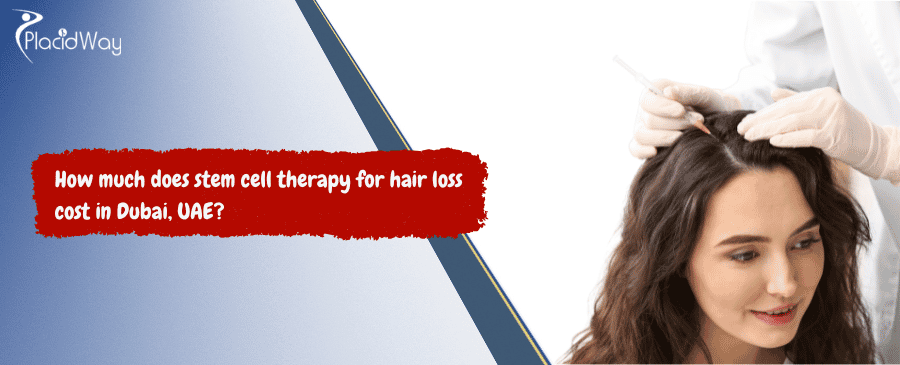

.png)





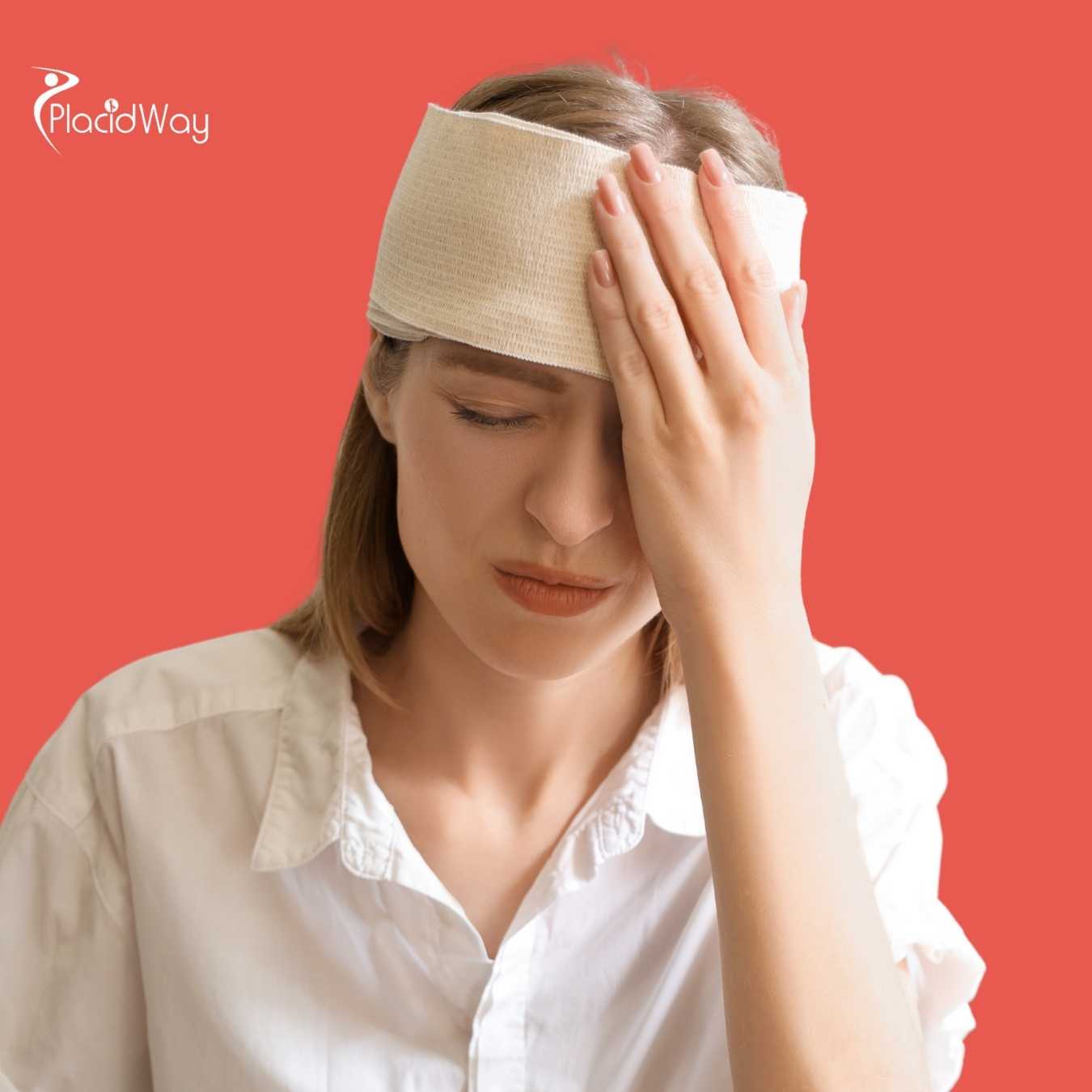
.jpg)
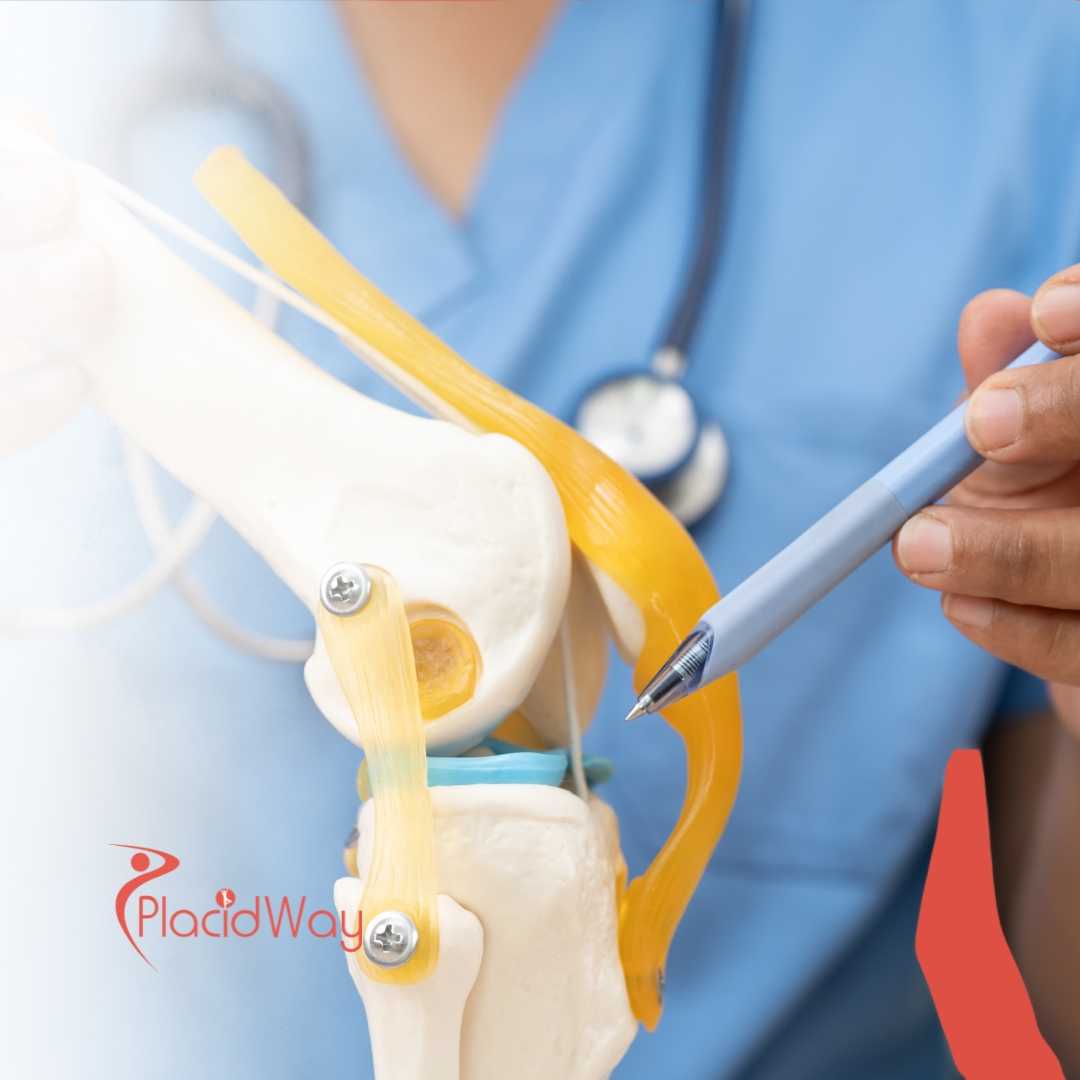
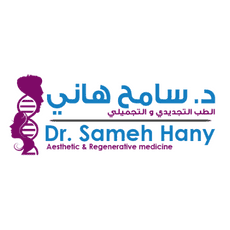
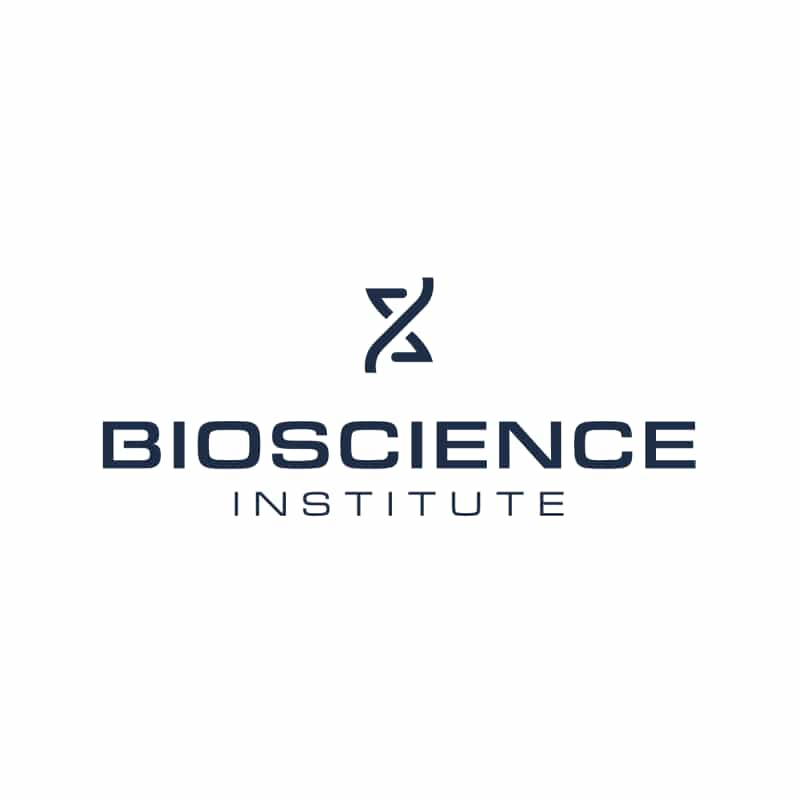
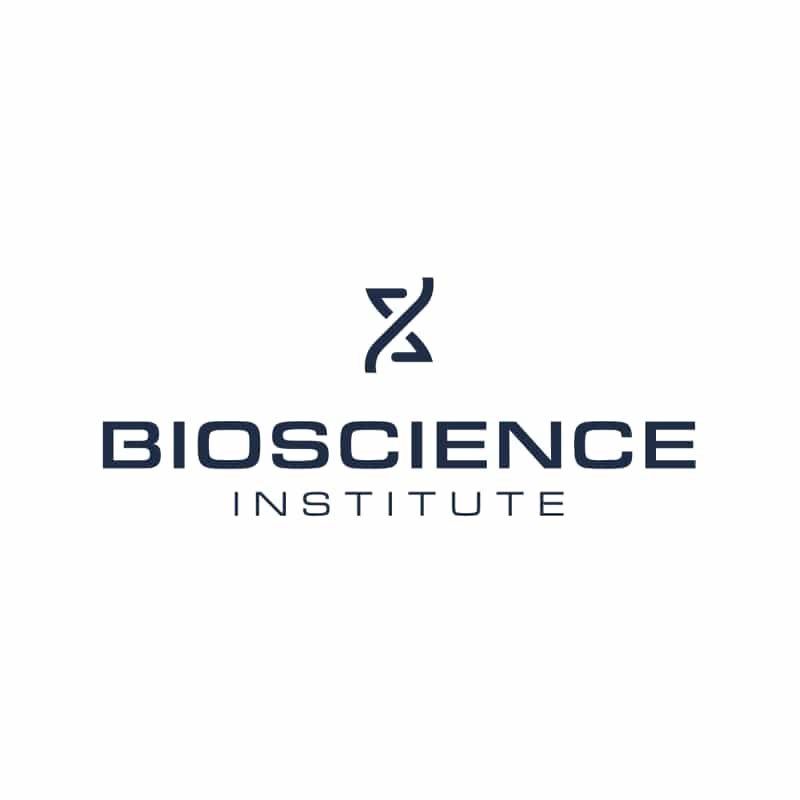
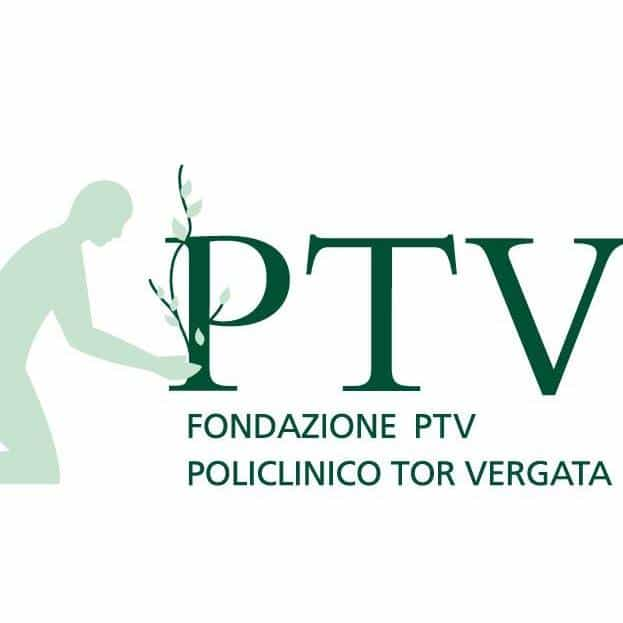


Share this listing